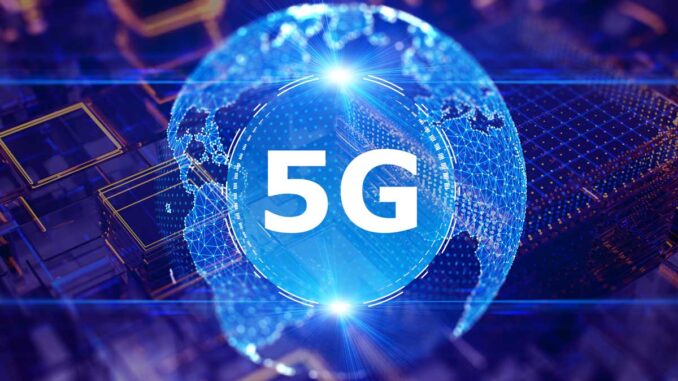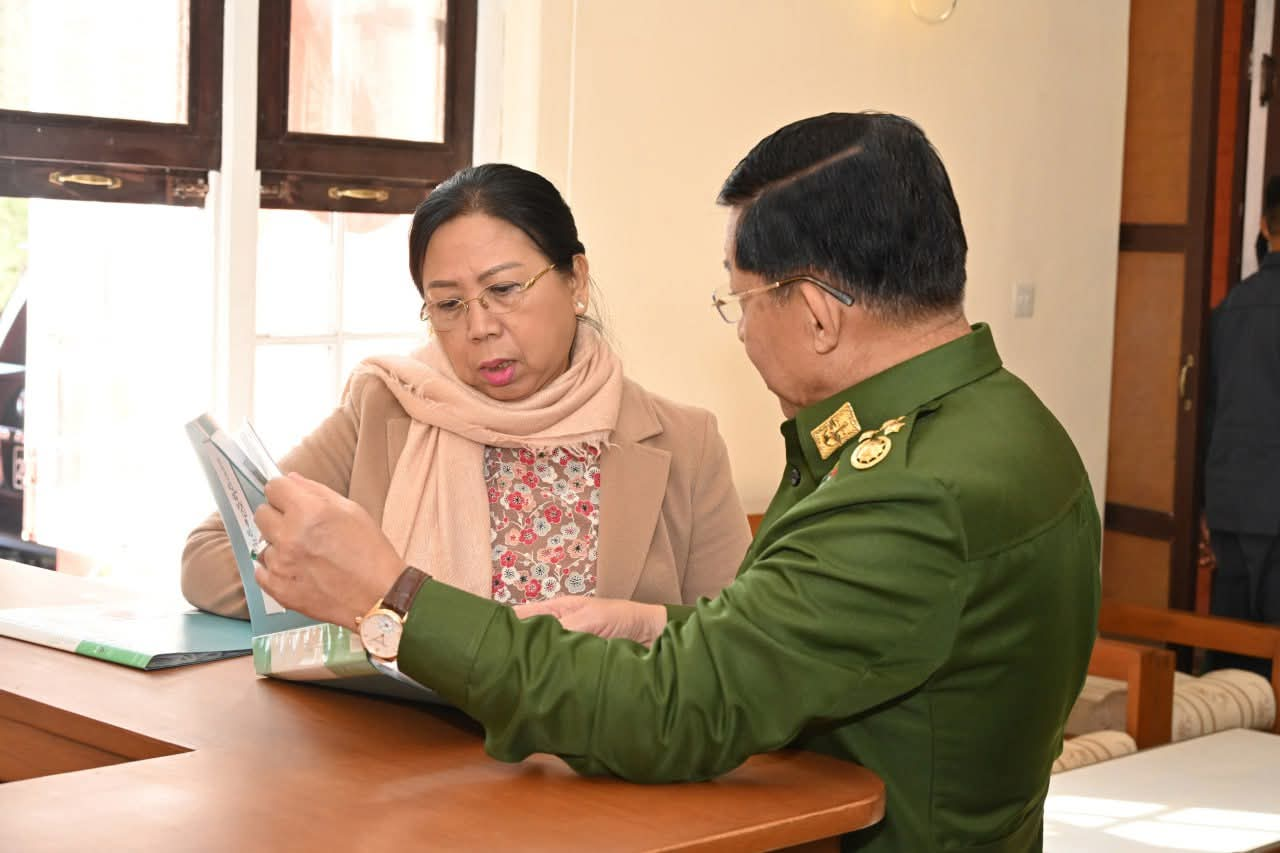
The combination of 5G technology with real-time data analytics presents a wide range of transformative opportunities across various sectors. Here are some of the key areas where this synergy can create significant impacts:
1. Smart Manufacturing – Predictive Maintenance: Real-time data analysis from sensors and machines can predict equipment failures, reducing downtime and improving overall equipment effectiveness (OEE).





* **Quality Control**: Analyzing data from production lines can help identify anomalies and improve product quality, reducing waste and improving customer satisfaction.
* **Supply Chain Optimization**: Real-time visibility into inventory levels, shipment schedules, and transportation routes can enable just-in-time production, reducing inventory costs and improving delivery times.
### 2. **Autonomous Vehicles**
* **Real-time Sensor Data**: 5G-enabled vehicles can transmit real-time data from sensors, cameras, and other sources, enabling AI-driven decision-making for safe and efficient navigation.
* **Vehicle-to-Everything (V2X) Communication**: 5G’s low latency and high reliability enable safe and efficient communication between vehicles, pedestrians, and infrastructure, reducing accidents and improving traffic flow.
* **Autonomous Vehicle Testing**: Real-time data from 5G-enabled vehicles can accelerate the testing and validation of autonomous vehicle algorithms, reducing the time and cost associated with traditional testing methods.
### 3. **Healthcare**
* **Remote Patient Monitoring**: 5G-enabled wearables and sensors can transmit real-time health data to healthcare providers, enabling remote monitoring and early intervention for chronic conditions.
* **Telemedicine**: Real-time video conferencing and data sharing enabled by 5G can improve access to medical specialists and reduce wait times, improving patient outcomes and satisfaction.
* **Clinical Trials**: Real-time data collection and analysis from 5G-enabled devices can accelerate clinical trials, reduce costs, and improve patient safety.
### 4. **Smart Cities**
* **Real-time Traffic Management**: 5G-enabled sensors and cameras can provide real-time data on traffic flow, congestion, and pedestrian activity, enabling dynamic traffic signal optimization and reduction of traffic congestion.
* **Energy Management**: Real-time data from 5G-enabled sensors can optimize energy consumption in buildings and public spaces, reducing waste and improving energy efficiency.
* **Public Safety**: 5G-enabled sensors and cameras can provide real-time data on crime trends and emergency situations, enabling faster response times and improved public safety.
### 5. **Education**
* **Personalized Learning**: Real-time data from 5G-enabled devices can provide insights into student learning patterns, enabling personalized learning pathways and improving student outcomes.
* **Virtual and Augmented Reality**: 5G’s low latency and high reliability enable immersive learning experiences, improving engagement and retention.
* **Remote Education**: Real-time video conferencing and data sharing enabled by 5G can improve access to educational resources and reduce the digital divide.
### Conclusion
The combination of 5G technology with real-time data analytics has the potential to transform various sectors by improving decision-making, optimizing operations, and enhancing customer experiences. As the adoption of 5G technology grows, the range of applications and potential impact areas will continue to expand.


Leave a Reply